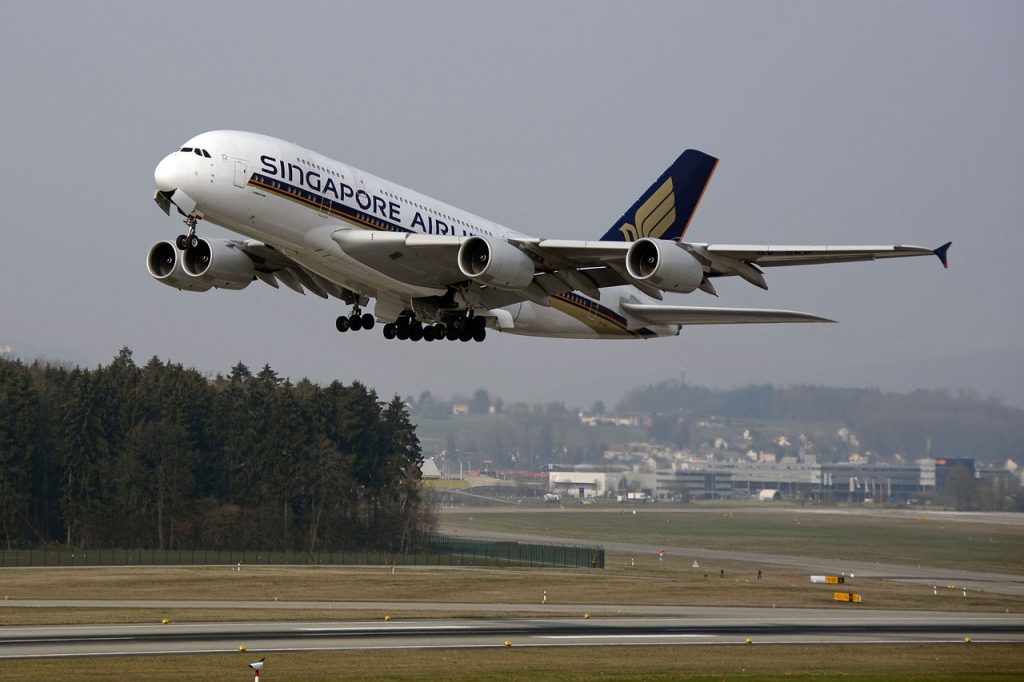Singapore Airlines On Slow But Steady Road To Recovery
Singapore Airlines, one of the world’s most recognizable and respected airlines, has been hit hard by the COVID-19 pandemic. The company was forced to suspend most of its operations as borders closed and travel restrictions were put in place around the world. However, Singapore Airlines is now on a slow but steady road to recovery.
In the early days of the pandemic, Singapore Airlines quickly grounded most of its fleet and furloughed a significant portion of its workforce. The company also had to cancel or reschedule flights and refund or rebook customers. This resulted in a significant loss of revenue for the airline.
Despite these challenges, Singapore Airlines has remained committed to its customers and has taken steps to ensure their safety and comfort. The airline has implemented strict safety protocols, such as enhanced cleaning and sanitization procedures, as well as mandatory mask-wearing and social distancing on flights.
As the world begins to recover from the pandemic, Singapore Airlines has started to resume operations. The airline has been gradually increasing its flight schedule and restoring destinations to its network. However, the recovery is still slow, as the travel restrictions and quarantine requirements in many countries are still in place.
Singapore Airlines has also announced plans to reduce its fleet size and focus on its most profitable routes. The airline is also working to improve its digital capabilities and enhance its customer experience, to adapt to the new reality of travel.
Despite the challenges, Singapore Airlines remains one of the most respected and admired airlines in the world. The company has a strong reputation for safety, service, and innovation, and it is well-positioned to emerge from the pandemic even stronger than before.
In conclusion, Singapore Airlines is on a slow but steady road to recovery and is taking necessary steps to adapt to the new normal of traveling. The company is committed to safety, service, and innovation, and it is well-positioned to emerge from the pandemic stronger than before.
In addition to resuming operations and reducing its fleet, Singapore Airlines has also been working to diversify its revenue streams. The airline has expanded its cargo operations, as well as its charter and private jet services. These businesses have been relatively less affected by the pandemic and have provided a much-needed source of income for the airline.
The company is also focusing on its loyalty program, KrisFlyer, which has been a key driver of revenue for Singapore Airlines. The airline has been working to enhance the program and make it more attractive to customers, by offering more flexible redemption options, and exclusive experiences and perks.
Singapore Airlines has also been investing in its digital capabilities, in order to better serve its customers and adapt to the new reality of travel. The airline has been working to improve its mobile app, website, and online booking process, to make it easier for customers to plan and book their trips. The company has also been working to enhance its digital platforms, such as its customer service chatbot, to provide more personalized and efficient service to its customers.
In the future, Singapore Airlines is expected to continue to focus on its most profitable routes, while also working to adapt to the changing needs of its customers. The airline will likely continue to focus on safety and service, while also investing in digital capabilities, in order to provide a seamless and efficient customer experience.
Despite the challenges of the pandemic, Singapore Airlines remains one of the most respected and admired airlines in the world. The company has a strong reputation for safety, service, and innovation, and it is well-positioned to emerge from the pandemic even stronger than before. With the vaccination being distributed globally, the outlook for the aviation industry is looking optimistic and Singapore Airlines is poised to make a strong come back in the near future.

